1,575 days, 2,409 entries ...
Newsticker, link list, time machine: HOLO.mg/stream logs emerging trajectories in art, science, technology, and culture––every day
August 2022
“Undamming Rivers,” a retrospective of food and environmental crisis-focused artist duo Cooking Sections, opens in Stockholm. The exhibition presents three iterations of the artists’ ongoing research on the impact of fisheries (image: Salmon: A Red Herring, 2020), as well as a new project exploring the removal of hydro dams. The curators note that both topics are poignant in Sweden, where widespread “salmon-breeding programs were established to compensate for habitat loss and migration obstacles.”
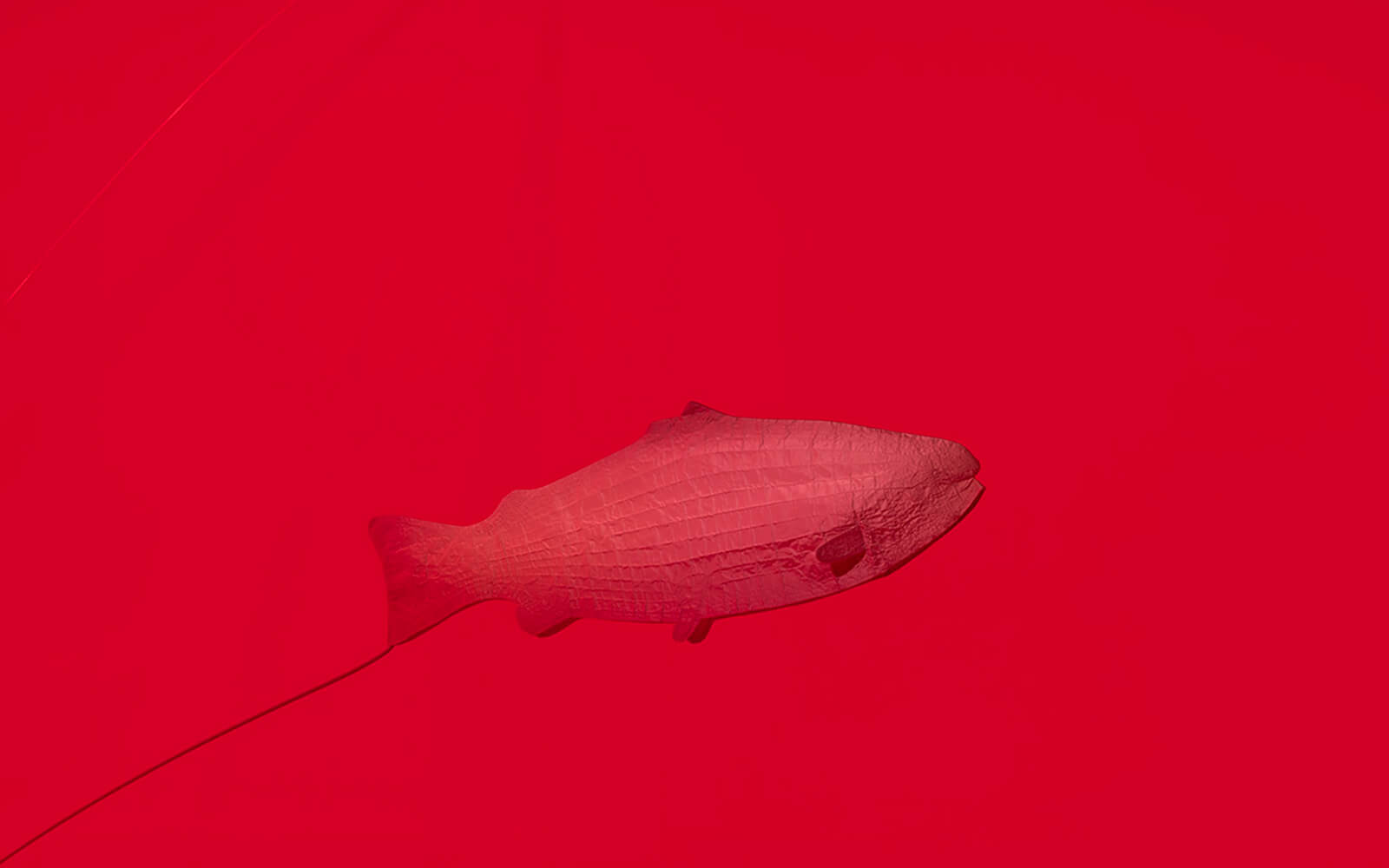
“As much as they might aspire to go back to a medieval world, WhatsApp comes in handy.”
Korean artist duo Moon Kyungwon and Jeon Joonho’s solo exhibition “Seoul Weather Station” opens at Art Sonje Center in Seoul, presenting two new works that tackle the planet’s collapsing ecosphere. The large-scale immersive installation To Build a Fire (2022) shows anthropocentric shifts from a nonhuman perspective—a four-legged robot—while Mobile Agora (2022) offers a participatory platform for critical climate conversations as part of the artist-run World Weather Network (WWN).
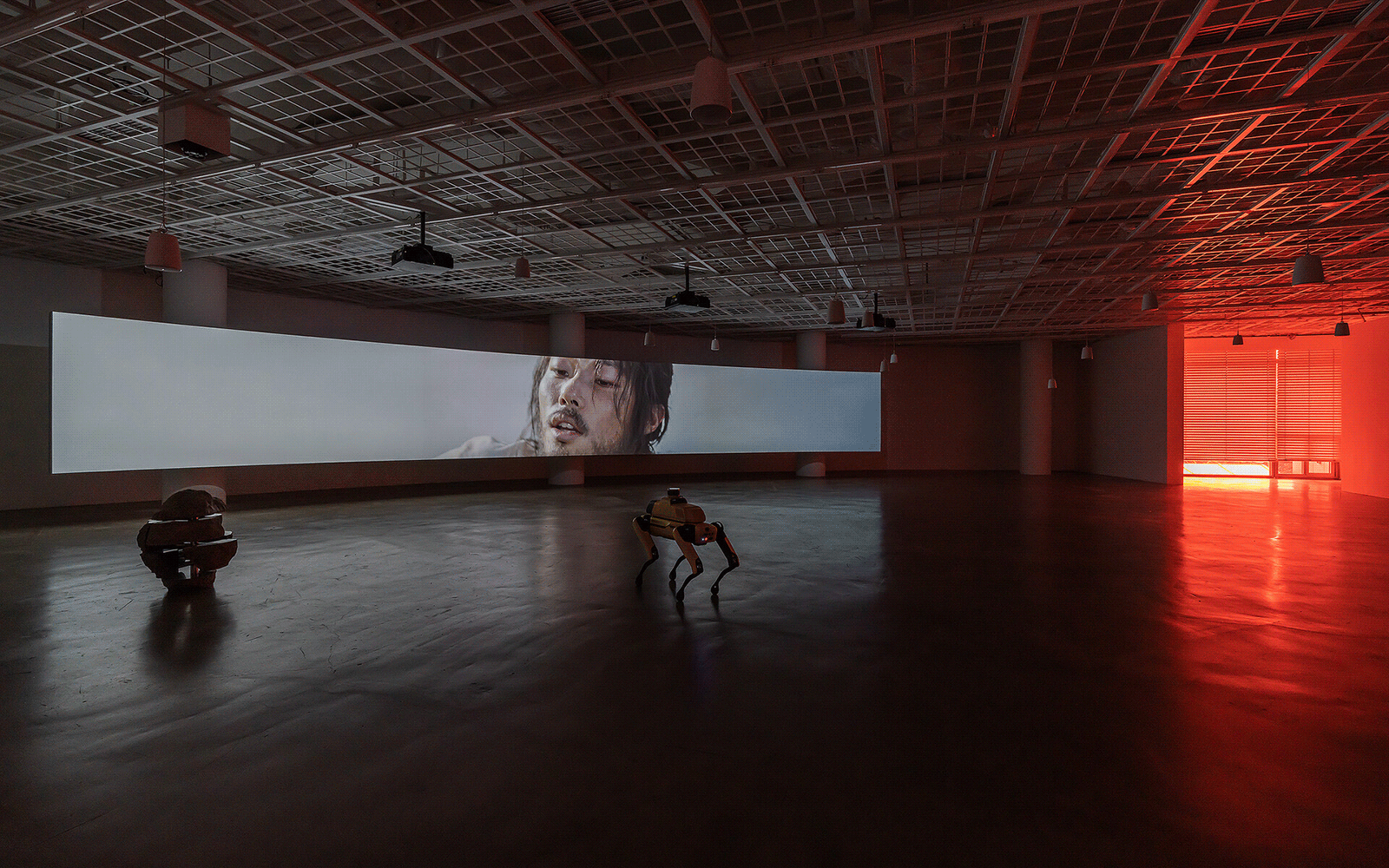
“We believe AI is the future of corporate management. Our appointment of Ms Tang Yu represents our commitment to truly embrace the use of AI to transform the way we operate our business, and ultimately drive future growth.”
“What fascinated Molnar about computers was more practical than speculative or futuristic. It was their capacity to compute, and to do so accurately, quickly.”
Dan McQuillan
Resisting AI
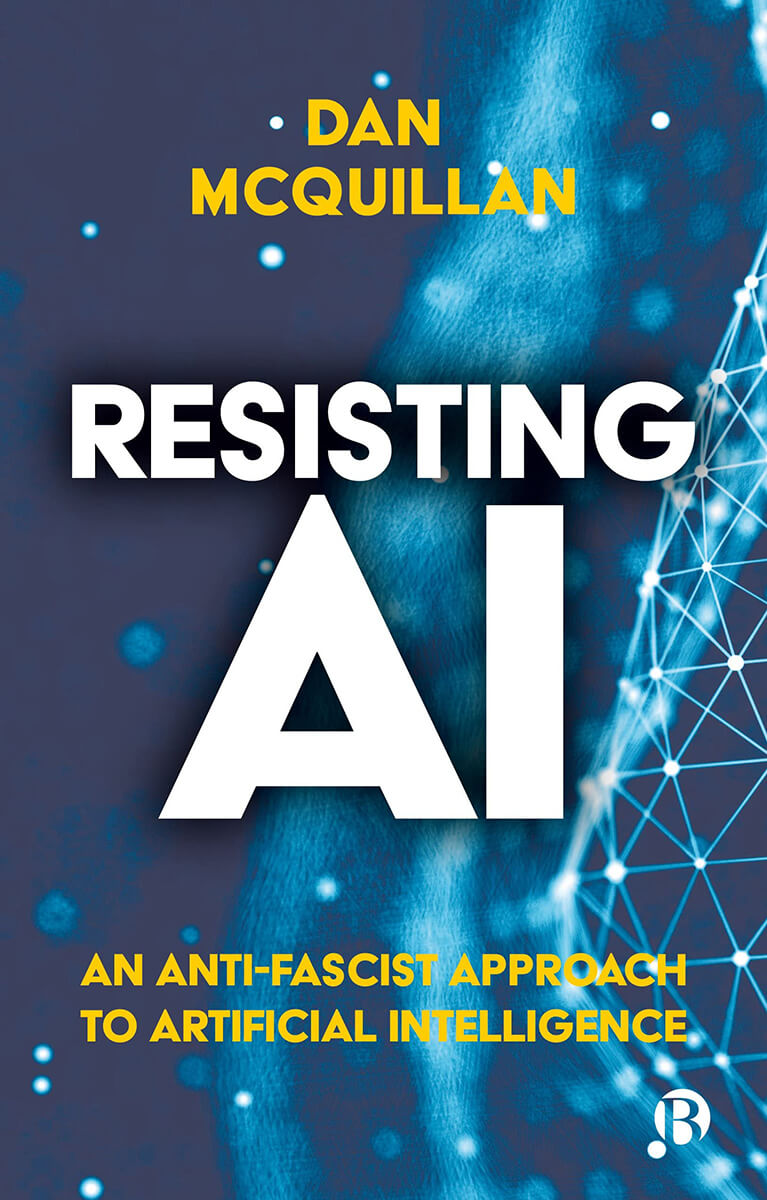
“They took the copper out of it. They actually cut it while it was charging somebody’s car.”
“Future Bodies,” a group exhibition examining corporeality and femininity in the digital age, opens in Amsterdam. Curator Anne de Jong brings together eight artists including Salomé Chatriot, Auriea Harvey (image: Pelops I, 2022), Lynn Hershman Leeson, Cassie McQuater, and Addie Wagenknecht, presenting positions from different generations. “New media has proven to be a feminist tool for artists to push the boundaries of identity, body, and space,” writes de Jong.
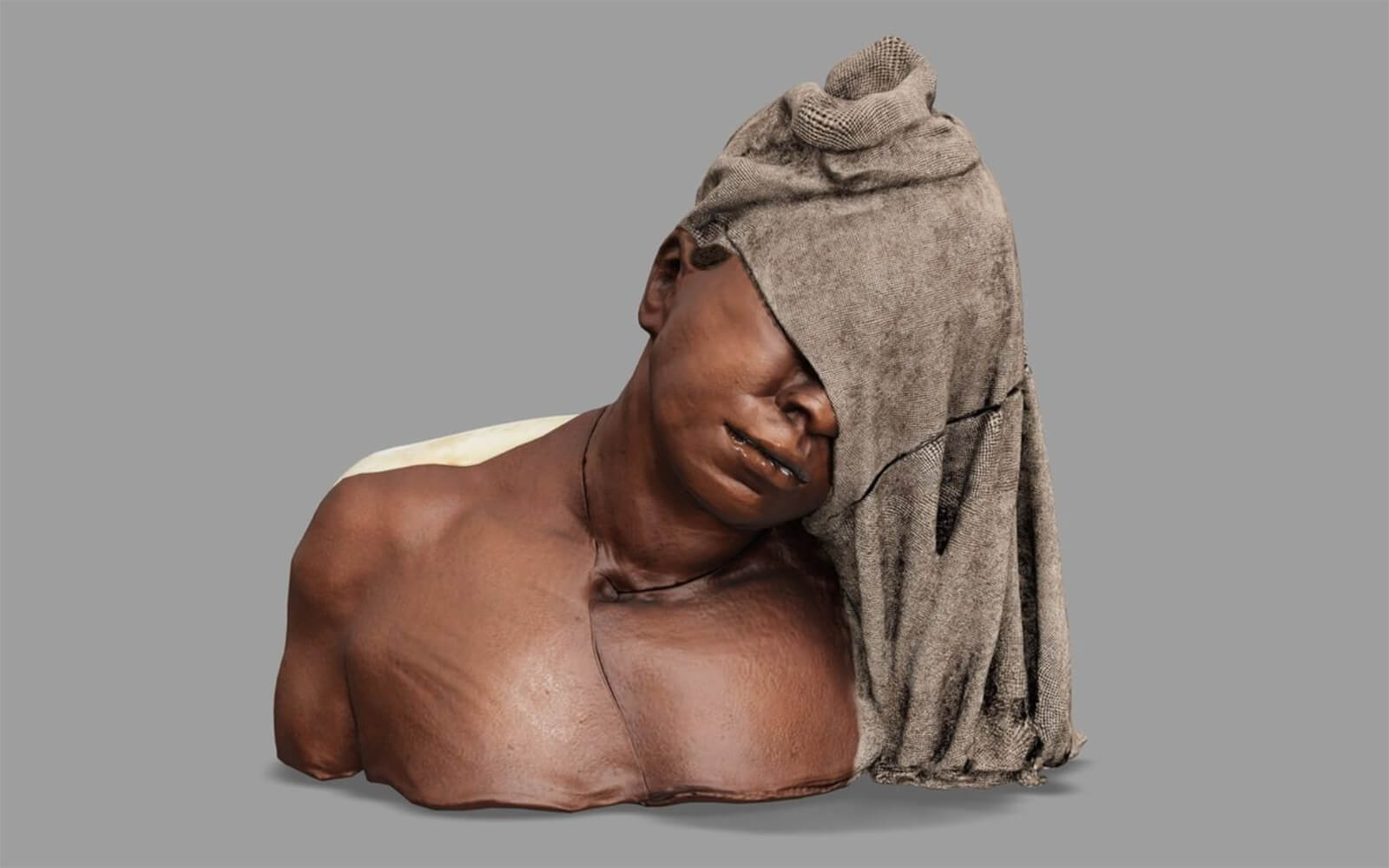
“Lab rats have rights … The same is true of scientists working with mice, monkeys, fish, or finches. These protected animals share one thing in common: a backbone.”
“Letters, Lights, Travels on the Street (Bokura ga tabi ni deru riyuu)” opens in NYC. A collaboration by New Art Dealers Alliance (aka NADA) and NowHere, the Jeffrey Ian Rosen-curated show presents “a dynamic cross-section” of Japanese (fine) artists including Ken Kagami, Motoyuki Daifu, and Maki Katayama. Of note: included is “psychedelic, boundary-exploring” (electronics-infused) film by the late Minoru Yoshida (image: Epicurism of Space Universe on the Rock, 1975).
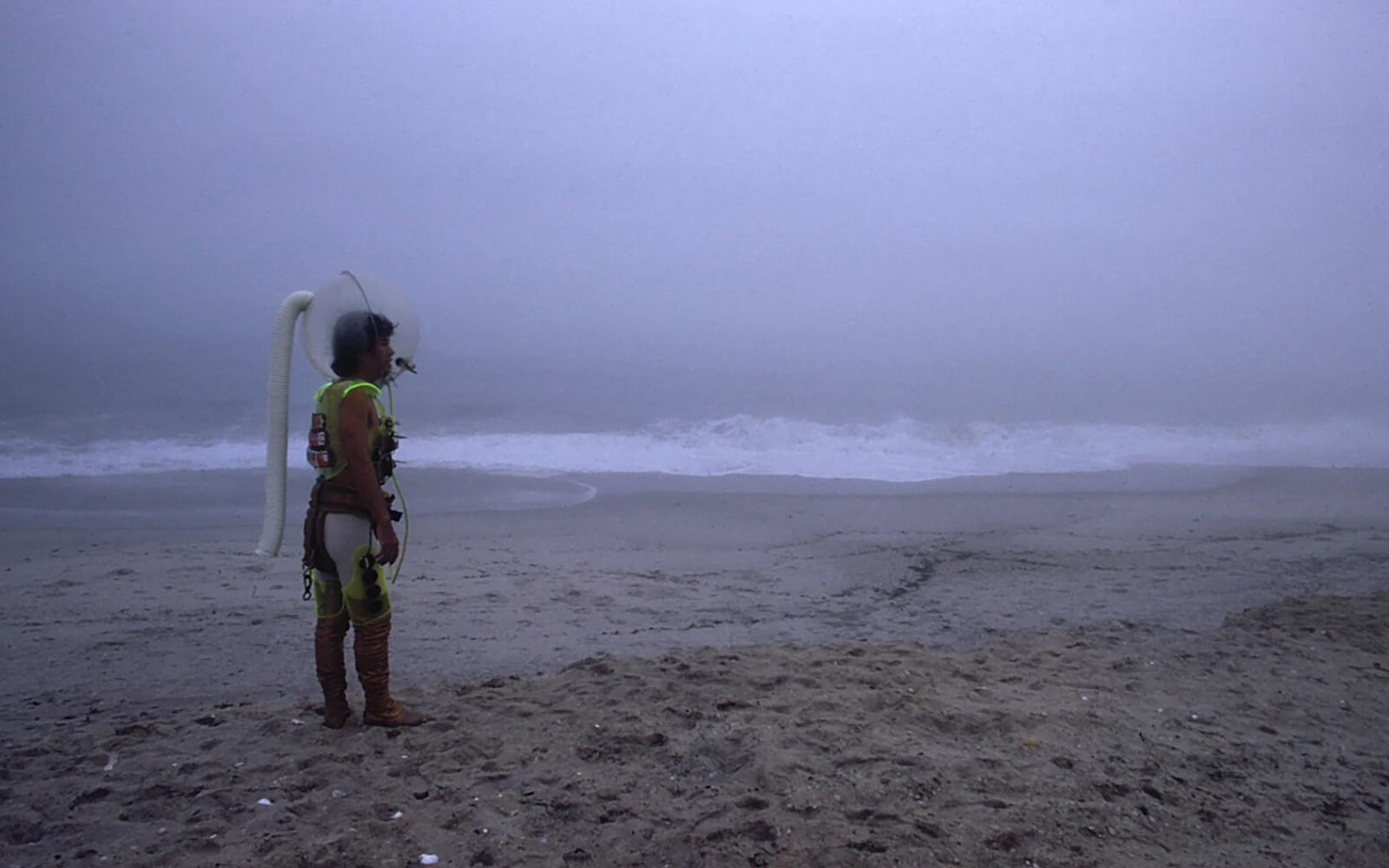
“Vera’s work invites slowness and contemplation—it invites us to converse with randomness, to nudge a vertex over here, to delete a line over there, to push and pull at geometry until we agree or not, and begin again.”
French interdisciplinary designer and researcher Coralie Gourguechon revisits her Wall Radio (2013) installation for Art-o-rama Marseille. Made from a single copper wire configured into a coil with nails, the rudimentary circuit acts as a powerless radio receiver that picks up AM frequencies visitors can tune into via a crystal earpiece. Gourguechon’s installation is modelled after makeshift foxhole radios that U.S. soldiers improvised during World War II.
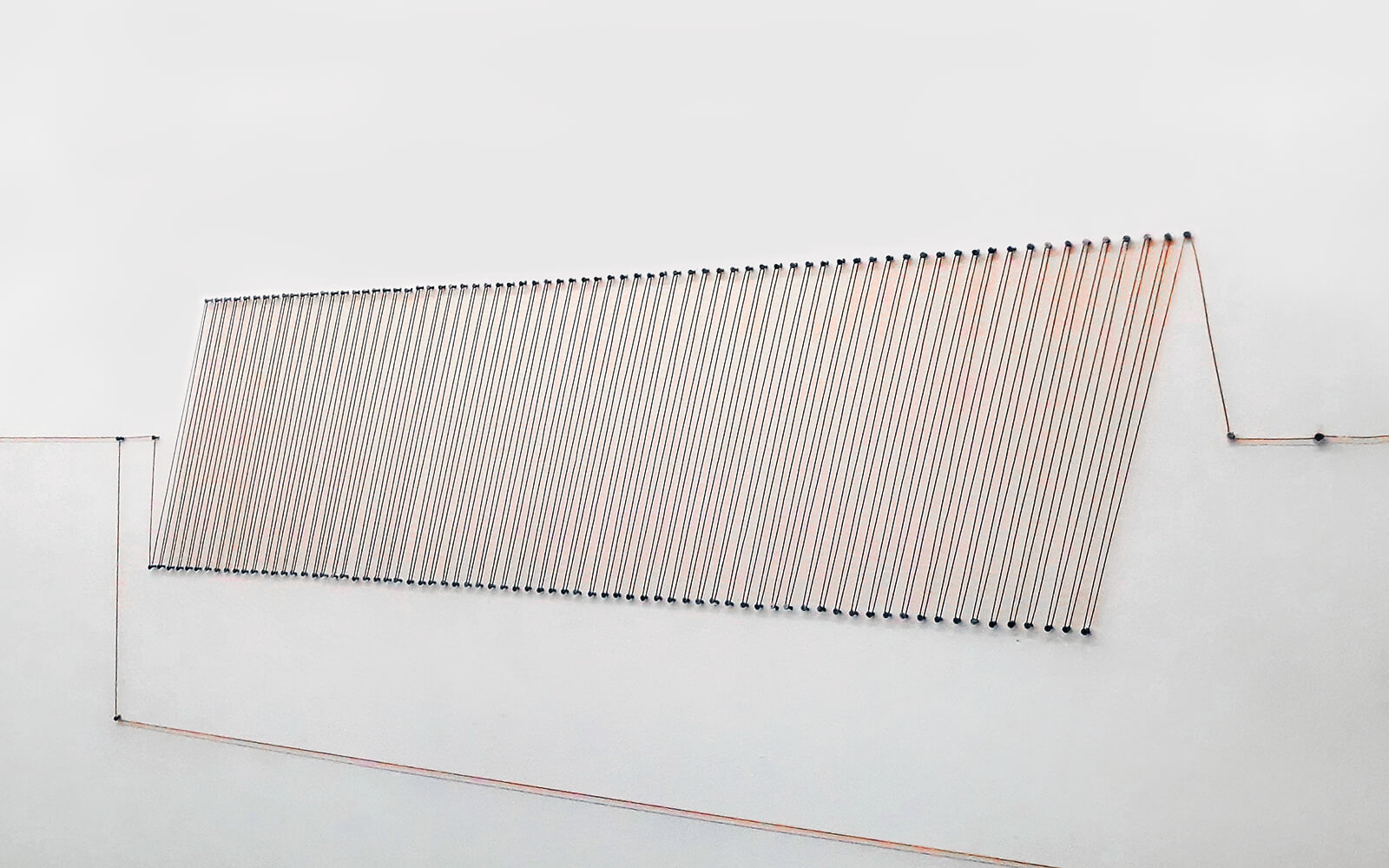
“Blue chip galleries and institutions ‘groom’ mid-career artists but forget all the things that fed that career: the unpaid cultural workers, the project spaces. They skim off the top and I wanted to hold them accountable.”
“Waiting for climate activist to glue themselves to contemporary master pieces,” quips German media artist Aram Bartholl, after protestors—again—targeted old masters. To demonstrate, Bartholl ‘glued’ activists to one of Simon Denny and Karamia Müller’s Creation Stories (2022), currently on view at Gus Fisher Gallery. Want to see your favourite media art piece feature in a climate protest? Use the template Bartholl made available here.
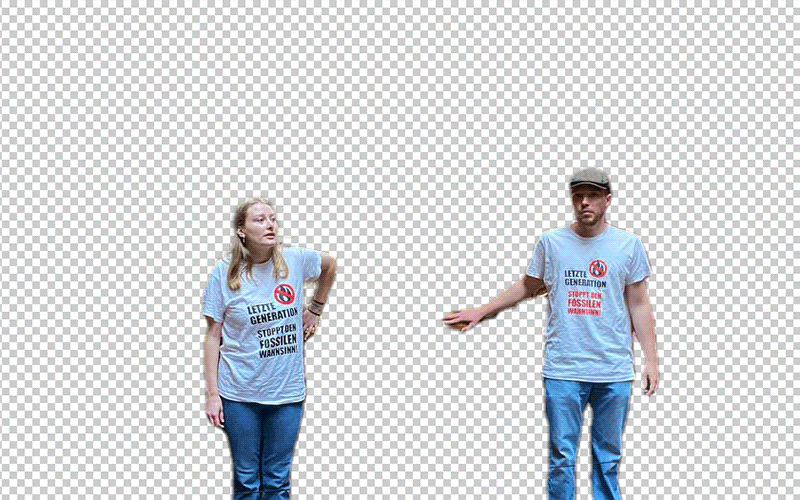
“This digital effigy is a careless abomination, an amalgamation of gross stereotypes, appropriative mannerisms that derive from black artists, complete with slurs infused in lyrics.”
DeForrest Brown, Jr.
Assembling a Black Counter Culture
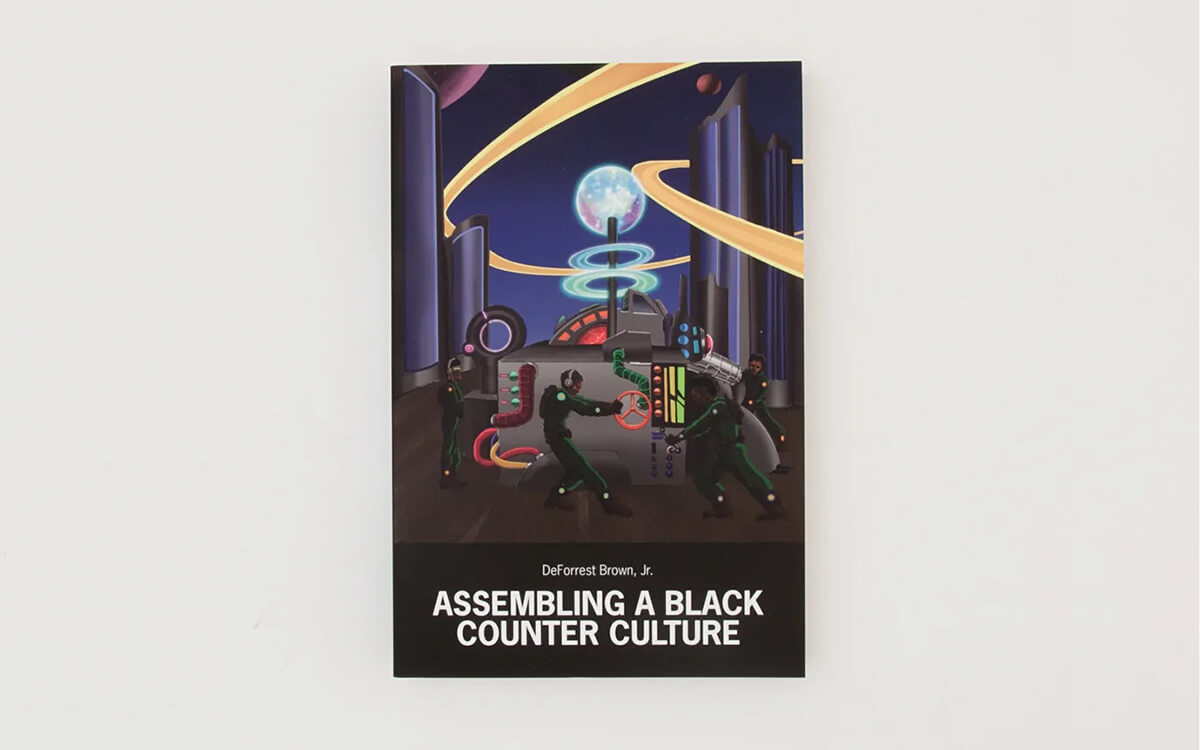
“A political candidate is giving a speech to millions of people. For every viewer, the candidate’s face has been subtly modified to resemble the viewer.”

Daily discoveries at the nexus of art, science, technology, and culture: Get full access by becoming a HOLO Reader!
- Perspective: research, long-form analysis, and critical commentary
- Encounters: in-depth artist profiles and studio visits of pioneers and key innovators
- Stream: a timeline and news archive with 1,200+ entries and counting
- Edition: HOLO’s annual collector’s edition that captures the calendar year in print
